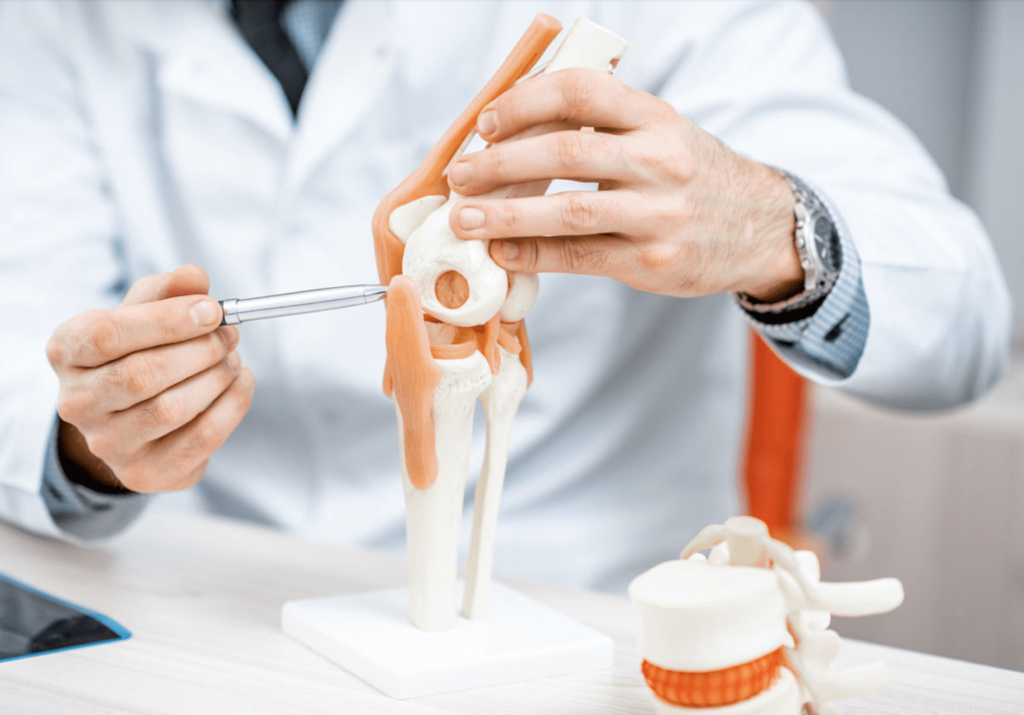What is Orthopaedist ?
Orthopedists use medical, physical and rehabilitative methods as well as surgery and are involved in all aspects of heath care pertaining to the musculoskeletal system. It is a specialty of incredible breadth and variety. Orthopedists treat a immense variety of diseases and conditions, including fractures and dislocations, torn ligaments, sprains and strains tendon injuries, pulled muscles and bursitis ruptured disks, sciatica, low back pain, and scoliosis knock knees, bow legs, bunions and hammer toes, arthritis and osteoporosis, bone tumors, muscular dystrophy and cerebral palsy, club foot and unequal leg length abnormalities of the fingers and toes, and growth abnormalities.
In general, orthopedists are skilled in the:
- Diagnosis of your injury or disorder
- Treatment with medication, exercise, surgery or other treatment plans
- Rehabilitation by recommending exercises or physical therapy to restore movement, strength and function
- Prevention with information and treatment plans to prevent injury or slow the progression of diseases
Typically, as much as 50 percent of the orthopedist’s practice is devoted to non-surgical or medical management of injuries or disease and 50 percent to surgical management. Surgery may be needed to restore function lost as a result of injury or disease of bones, joint, muscles, tendons, ligaments, nerves or skin.
The orthopedist also works closely with other health care professionals and often serves as a consultant to other physicians. Orthopedists are members of the teams that manage complex, multi-system trauma, and often play an important role in the organization and delivery of emergency care.

